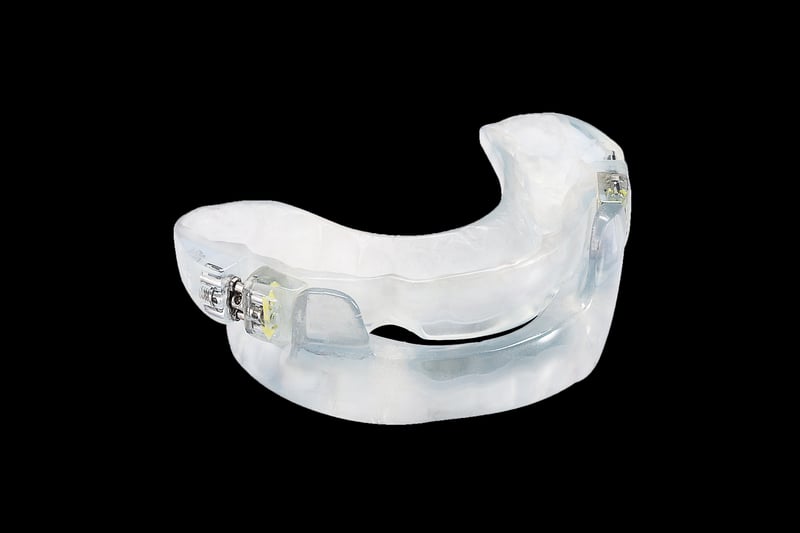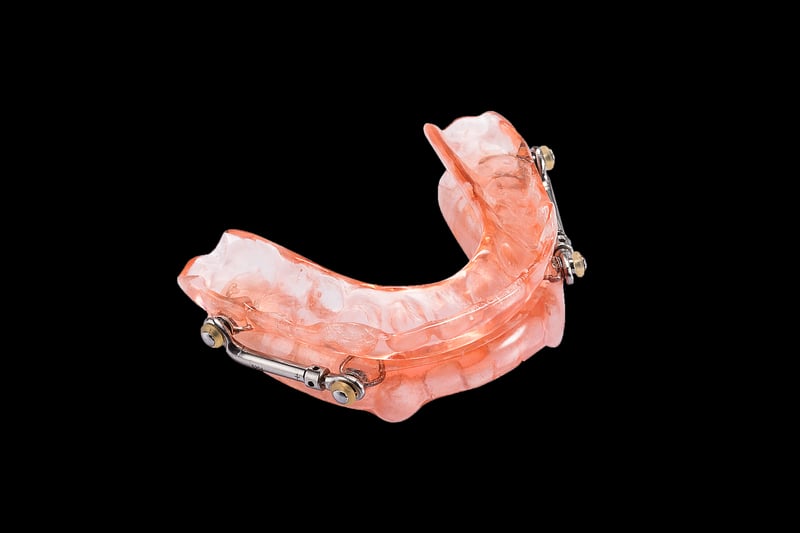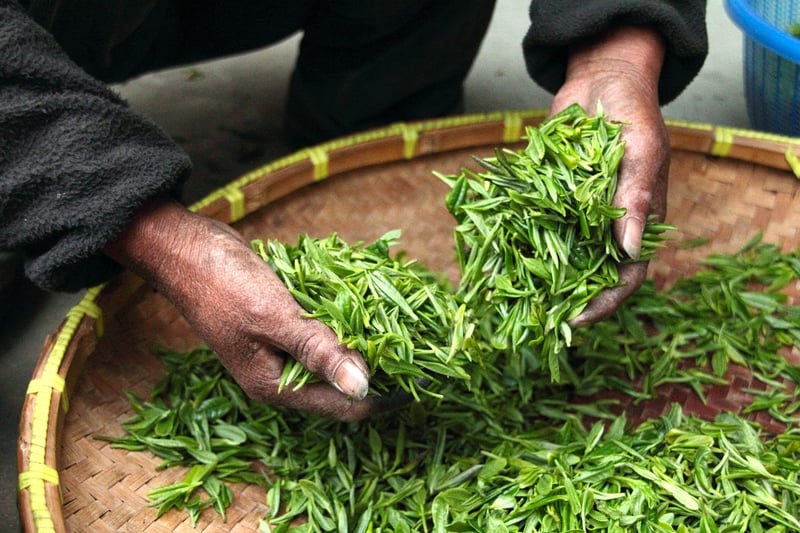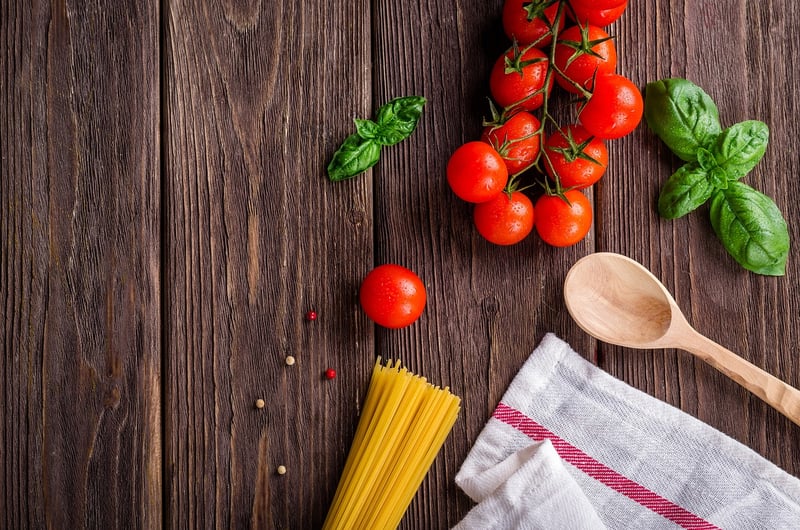Dehydrating Foods
Experiment with Modern Methods: Dehydrating Foods
Dehydrating food is a fantastic way to preserve fruits, vegetables, herbs, and meats while retaining their flavors and nutrients. With modern dehydrating methods, you can easily create delicious snacks, enhance your meals, and reduce food waste. Let's explore some innovative techniques to dehydrate foods effectively.
Benefits of Dehydrating Foods
- Extends Shelf Life: Dehydrated foods have a longer shelf life compared to fresh produce.
- Retains Nutrients: Dehydration retains most of the food's nutrients, making it a healthy snack option.
- Reduces Waste: Dehydrating allows you to preserve excess produce before it goes bad.
- Convenient Storage: Dehydrated foods are lightweight and compact, making them easy to store and carry.
Modern Dehydrating Methods
1. Dehydrators
Electric dehydrators offer precise temperature control and airflow, ensuring even drying. They are convenient for drying large batches of food quickly.

2. Oven Drying
If you don't have a dehydrator, you can use your oven to dry foods. Set it to the lowest temperature with the door slightly ajar to allow moisture to escape.

3. Air Drying
Air drying is a traditional method that works well for herbs, chilies, and mushrooms. Hang or lay the food in a well-ventilated area until dry.

Tips for Dehydrating Success
- Slice food uniformly to ensure even drying.
- Rotate trays in dehydrators for consistent results.
- Store dehydrated foods in airtight containers in a cool, dark place.
- Label containers with the date and type of food for easy identification.
With these modern dehydrating methods and tips, you can easily incorporate dehydrated foods into your diet, whether as snacks, flavor enhancers, or emergency provisions. Start dehydrating today and enjoy the benefits of preserved, nutrient-rich foods!
References: Food Network - How to Dehydrate Food
